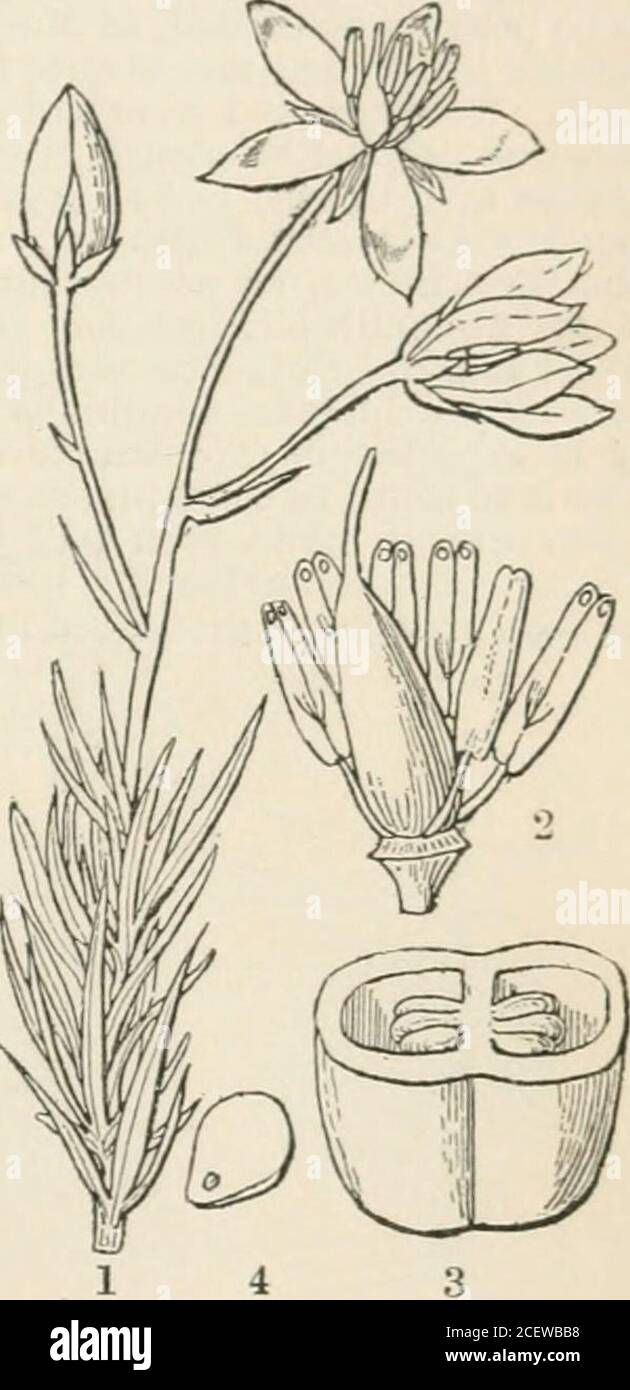. The vegetable kingdom : or, The structure, classification, and uses of plants, illustrated upon the natural system. estabUshed by the succulentfruit and chmbing habit of Billardiera, seem to place Pit-tosporads in the same Alhance as the Vine and Berberry.The little genus Cheu-anthera fonns a transition fromPittosporads to Dilleniads, at once curious and imexpected. Chiefly New Holland plants. A few occur in Africa and the adjacent islands,and one in Nipal. Brown remarks that Pittosporimi itself has been found not only inNew Holland, but also ui New Zealand, Norfolk Island, the Society and S

Image details
Contributor:
Reading Room 2020 / Alamy Stock PhotoImage ID:
2CEWBB8File size:
7.1 MB (224.8 KB Compressed download)Releases:
Model - no | Property - noDo I need a release?Dimensions:
1101 x 2269 px | 18.6 x 38.4 cm | 7.3 x 15.1 inches | 150dpiMore information:
This image is a public domain image, which means either that copyright has expired in the image or the copyright holder has waived their copyright. Alamy charges you a fee for access to the high resolution copy of the image.
This image could have imperfections as it’s either historical or reportage.
. The vegetable kingdom : or, The structure, classification, and uses of plants, illustrated upon the natural system. estabUshed by the succulentfruit and chmbing habit of Billardiera, seem to place Pit-tosporads in the same Alhance as the Vine and Berberry.The little genus Cheu-anthera fonns a transition fromPittosporads to Dilleniads, at once curious and imexpected. Chiefly New Holland plants. A few occur in Africa and the adjacent islands, and one in Nipal. Brown remarks that Pittosporimi itself has been found not only inNew Holland, but also ui New Zealand, Norfolk Island, the Society and SandwichIslands, the Moluccas, China, Japan, and even Madeiia. They seem to be imknown inAmerica. The berries of Billardiera are eatable ; but they have a resinous odour, and a bittersubacrid taste. The bark of Pittosponim Tobira has a resinous smell, and this resinousquality seems very general in the Order. Mr. Backhouse states that Billardiera muta-bihs has a green cylindrical fruit, becoming of a hghter gieen, or amber colour, whenripe, possessmg a pleasant subacid taste; but the seeds ai*e numerous and hard.. Fig. CCCVII. Citriobatus, ^. Cunningh.Pittosponim, Soland.Schoutensia, Endl.Bursaria, Cat:Oncosporam, Putterl. GENERA Marianthus, Hilgel.Cheiranthera, CunningSollya, Lindl.Pronaya, Hilgel.Spiranthera, Hook. Campylanthera, Hook.Billardiera, Smith.Labillardiera, Rom. et Schult. ? Stachy urus, Sieb.et Zucc.?Koeberlinia, Zucc. Numbers. Gen. 12. Sp. 78. Position.—Olacaceae. DilleniacecB.-Pi TT0SP0RACE.E.—Vitacefc.Tremandracece. Fig.CCCVII.—1. Cheiranthera linearis; 2. its pistil and stamens; 3. a cross section of its ovary;4 a seed of Pittosponim undulatum, cut across to show the minute embryo. 442 PITTOSPORACE^. [Hypogynous Exogens. Canellace.e, {Von Martius, Nov. Gen. et Sp. 3.163. (1829); Conspectus, No. 300. (1835); Ed. pr. underGuttiferce, p. 75, Endl. Gen. p. 1029). This name has been given to a supposed Order of plants representedby Canella alba, a common West In